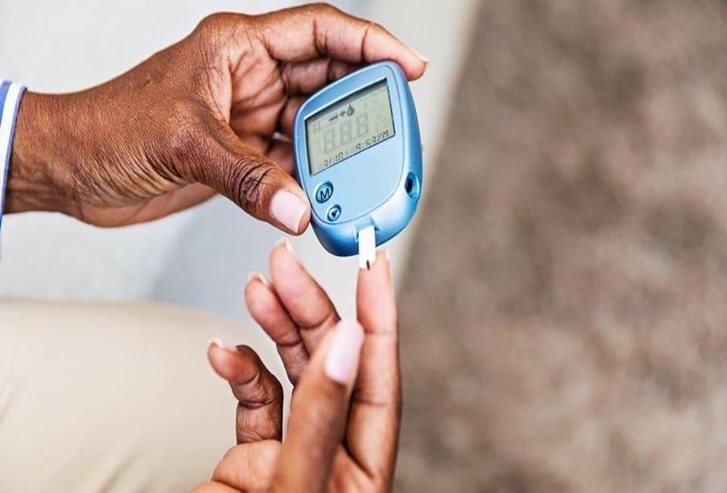You are never short of options when it comes to blood glucose monitors. This means that finding the right one depends entirely on your needs. Are you looking for something you can take on-the-go? Or, do you need something that tests both your ketones and your levels? Are you vision impaired and need an easy-read screen?
Let’s take a look at your key considerations to help you decide which one is perfect for you:
- Healthcare suggestions
Before going into key considerations, your healthcare professional may have already recommended a specific glucose monitor for your needs. Your healthcare professional likely has plenty of experience and will have no trouble recommending a quality apparatus for your needs.
- Price
Certain devices can be expensive, and so it is important to ensure you can afford your prospective model. If not, there may be models made by other brands that still cover your individual needs.
For example, you may be looking at a particular compact model that you can easily take on-the-move. However, if that model is a little too pricey, there are likely other compact models available for a cheaper price.
- Is the model easy to use?
Testing processes vary for each device. Some are harder to use than others. For example, does the strip require more blood to test? Can you easily read the screen, or are the digits too small? Usability is a key consideration in choosing this device as the last thing you want is to be messing around with a subpar model throughout the day.
- Does it provide a quick reading?
Your time is important, and so you want a quick reading. How long does your prospective model take to provide a reading? Do you have that kind of time to be fidgeting with the device all day?
- Is it easy to maintain?
Can you easily clean the screen? Does it easily calibrate with new strips? Does it even require calibration?
- Will it store your readings for future analysis?
Modern devices should really include reading storage. Tracking your levels is imperative to your long-term, so keeping records is vital to your progress. If you don’t mind writing down the numbers after every test that’s fine. However, if you want to simplify your process there is nothing better than digital storage.
Blood digital storage is a great idea for people who have to test on-the-go. You may otherwise have a hard time keeping track of your readings, so it might be a fantastic idea to have your readings ready for quick digital access whenever you need them.
- Do you require any special features?
Special features can really optimise your daily testing. Features include compactivity, or larger devices with strips that are easy to use. You might have vision trouble and need a device that clearly displays the readings.
Other special features include:
- Audio availability for people with vision trouble
- Backlit screens for easy night reading
- Memory storage options
- Various handling capabilities, including USB meters & strips stored in the meter
- Meters that read insulin doses and carbohydrate grams
- Meters that read blood ketone levels alongside other standard functionalities.
So, which of these features is perfect for you? There are many different blood glucose monitors available on the Aussie market, with many fitting the bill for what is right for you. It is important to consider your needs and make a list of the options at your disposal – it’s the perfect way to find your optimised device!


